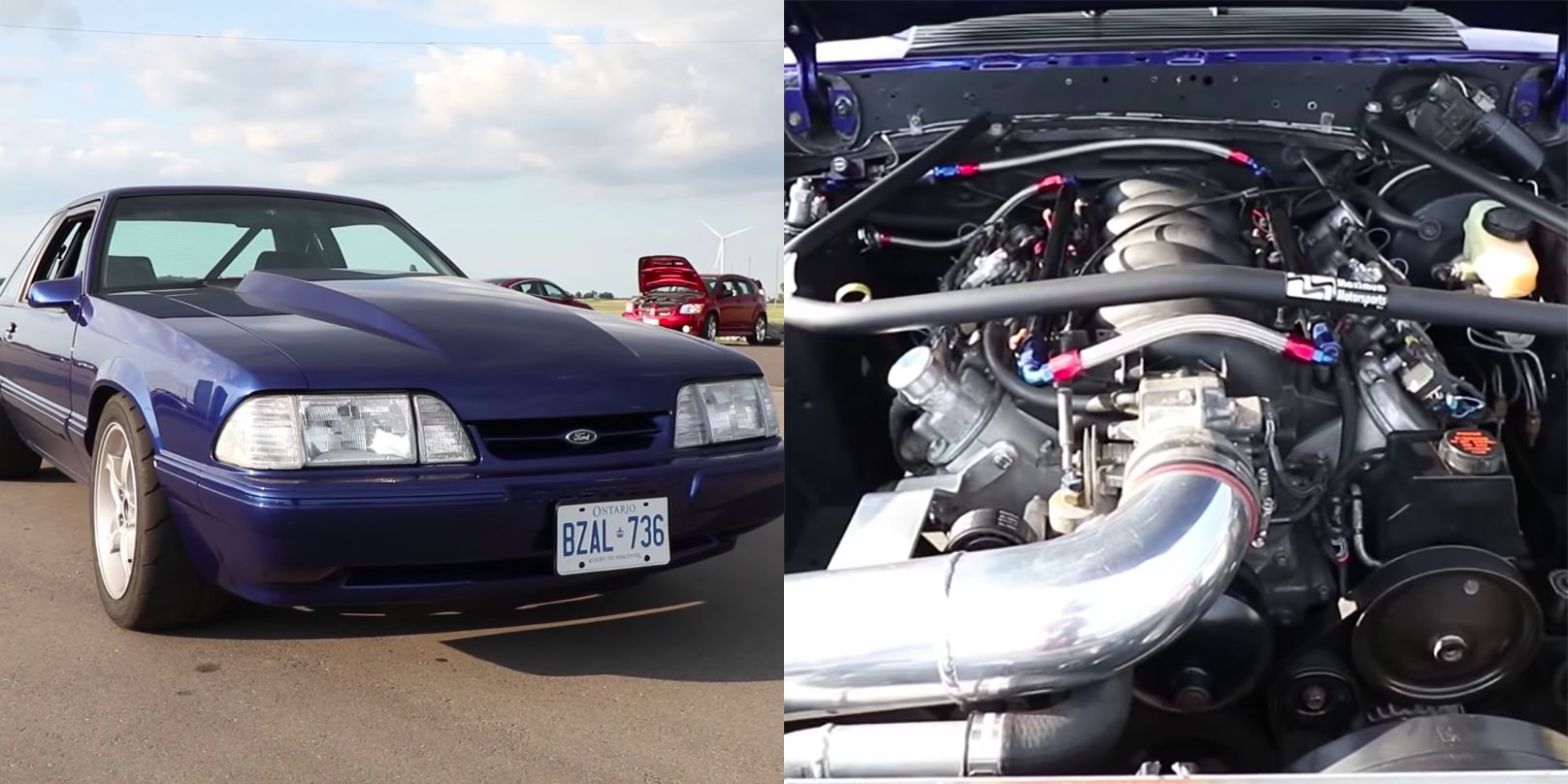When it comes to engines, General Motors’ LS family of V-8s is undoubtedly one of the best. LS motors have graced the engine bays of some of the finest performance cars on the planet, and make for perfect candidates for swaps thanks to their compact size, reliability, and relative cheapness.
GM made a bunch of different LS engines over its 20-year production run, starting with the 345-horsepower 5.7-liter LS1 in the C5-generation Corvette in 1997. But the LS also spawned several truck engines, with LR, LM, LY, LC, and LQ designations. The 2005 model year saw the introduction of the first Generation IV blocks, which brought more aluminum construction, a new intake design, a lighter exhaust manifold, and things like displacement on demand, variable valve timing, and an increase in bore size.
The next year is when Chevy revealed the C6-generation Corvette Z06, and the 505-horsepower 7.0-liter LS7 along with it. It was followed shortly after by the 6.2-liter LS3—arguably the most popular choice for engine swaps. Later on, supercharged LS9 and LSA engines would make their way into the ZR1 and Cadillac CTS-V.
In 2014, the LT1 in the C7 Corvette premiered, signaling the LS engine’s inevitable phase-out. It would live on in Chevy’s full-size van and pickups all the way up until 2017. The Auto Guild YouTube channel put together an extremely detailed timeline of the LS engine, and it’s certainly worth a watch if you’re into engine history.


via Jalopnik
Source: Read Full Article

